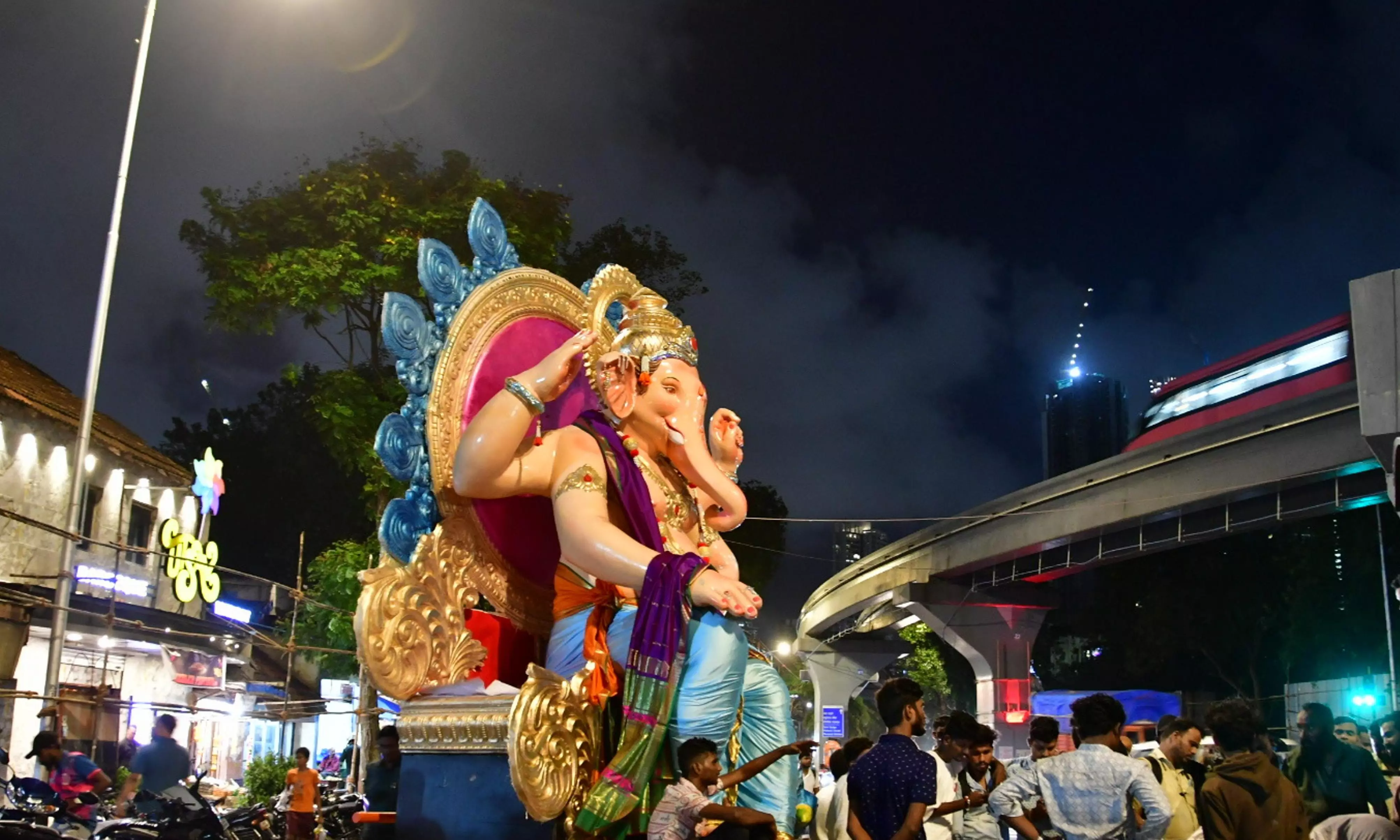
Eco-friendly ‘Bappas’ are a rage with Mumbaikars this Ganpati festival
Mumbaikars have now become more aware of preserving nature and are opting for clay idols of their favourite deity Ganesha

As more and more Mumbaikars are keen on bringing eco-friendly Ganesha idols home despite their high prices, an environment-friendly celebration seems to be on card in Mumbai this festive season.
The city is gearing up to celebrate the 10-day Ganpati festival, which begins on September 19, and the markets are flooded with idols and items for decoration.
This year, eco-friendly Ganeshas seem to be all the rage, as people have become more aware of the ill effects of idols made of plaster of Paris (PoP).
Rahul Vele, who runs his shop ‘Vele Brothers’ in the Lalbaug area of central Mumbai, has been exclusively making eco-friendly Ganeshas for the last three years. “I loved making Ganpati idols even as a child. In 2020, I started my own shop where I make eco-friendly idols, especially of clay because that is what the people want,” the 23-year-old management graduate said.
Paying more for environment
There is an increased awareness among people about the benefits of clay idols. They dissolve completely in water when immersed and are not harmful to the environment, he said.
A one-foot eco-friendly idol costs around Rs 6,000, while a PoP one is for anywhere between Rs 3,000 to Rs 4,000. Despite this, people are willing to pay more for an environment-friendly idol, Vele said.
Pankaj Mohne, a customer, said, “We have been bringing ‘Bappa’ home for 11 years, and we only have one rule: the idol must be completely eco-friendly. It is our duty to conserve and protect nature; hence, we prefer a mud idol.”
“Though mud cannot be moulded as well as PoP and the idols may not look well crafted, but Bappa is Bappa,” he said.
Mumbaikars throng the beaches, lakes, and ponds in and around the city on immersion days. Every year, the civic authorities take measures to prevent pollution of water bodies during the festival.
(With agency inputs)

